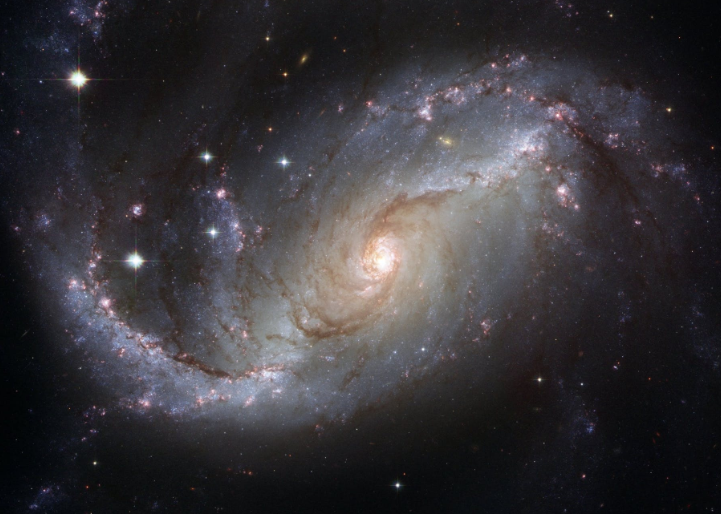An elusive large black hole was spotted by NASA's Hubble Space Telescope which was discovered to be 50,000 times the mass of the Sun and was seen tearing apart a wandering star in a distant galaxy.

The black hole was found 740 million light-years away from earth
Astronomers found this mid-sized, intermediate-mass black hole using the Hubble Space Telescope and their X-Ray observatories.
Scientists from The University of New Hampshire in Durham, UK said that this space object is about 50,000 times larger than the Sun and has been considered as a "missing link" to the universe's evolution.
They also said that it is larger than previous black holes that were created by the collapse of giant stars. At the same time, however, it is also smaller when compared to a supermassive black hole located at the center of the galaxy.
A black hole such as this can be found in other parts of the galaxy, unlike other giant black holes like the Sagittarius A* that can be found in the Milky Way and is considered to be a supermassive black hole. This particular black hole is can be difficult to find and spot. In this case, it was only spotted because of its relationship with a wayward star.
The research from NASA's Chandra X-ray Observatory, the European Space Agency X-ray Multi-Mirror Mission observatory and the Hubble Space Telescope led to this major discovery in the solar system.
The exact origin of the black hole is still blurry
According to DailyMail, Dacheng Lin of the University of New Hampshire stated that "Intermediate-mass black holes are very elusive objects, and so it is critical to carefully consider and rule out alternative explanations for each candidate." Lin, along with his team, used the Hubble to trace clues and hints.
High-energy satellites detected compelling and powerful x-ray flares, though it was not clear whether they originated and came from inside or outside our galaxy.
These scientists also pointed out that a star was torn apart by the black hole after approaching too close.
Natalie Webb, one of the members of a team at the Université de Toulouse in France said that "Adding further X-ray observations allowed us to understand the total energy output and this helps us to understand the type of star that was disrupted by the black hole. The distant destroyer doesn't have an inspirational name - it was from an X-ray source called 3XMM J215022.4-055108 and wasn't found at the center of a galaxy."
They had to try and determine that this did not come from a neutron star--a dense remnant of an exploded star--which was just cooling off after being burned and heated at a very high temperature.
The research allowed astronomers to open the door to the possibility that there are a lot more massive and impressive objects that are lurking in the darkness of space.
Lin and his team will continue to study black holes as they arguably the most extreme environment known to humankind. They serve as a good testing ground when it comes to studying of laws of physics.
ⓒ 2025 TECHTIMES.com All rights reserved. Do not reproduce without permission.




